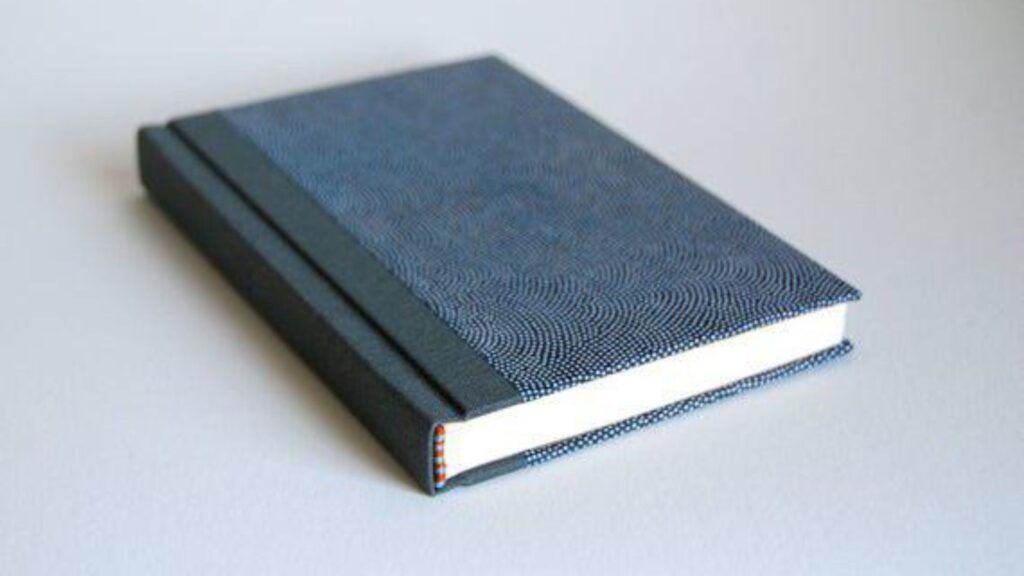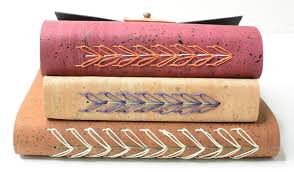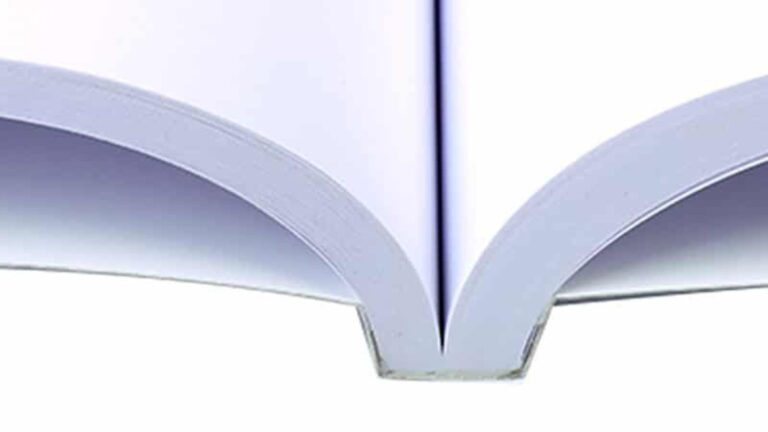
Cloth binding blends beauty with strength
When it comes to bookbinding, few materials strike the perfect balance between elegance and durability like cloth. Cloth binding blends beauty with strength, making it a classic choice for hardcover books, limited editions, journals, and more. Whether you’re publishing a family heirloom or creating a high-end product, cloth binding brings texture, tradition, and toughness to the table.

The Unique Appeal of Cloth Binding
Cloth binding stands out immediately with its tactile and visual charm. Available in a wide range of weaves, textures, and colors, cloth gives books a rich, warm appearance that paper or synthetic materials often lack. It adds sophistication to everything from novels to photo albums, making each book feel like a work of art.
But it’s not just about looks—cloth is naturally strong and flexible. Unlike paper covers that can tear or wear easily, cloth can withstand years of handling while maintaining its structure. This durability is a key reason why cloth binding blends beauty with strength, creating books that are both elegant and enduring.
Durability That Stands the Test of Time
Beyond aesthetics, cloth binding offers remarkable durability. High-quality cloth resists fraying, fading, and tearing better than many other cover materials. When paired with strong adhesives or sewn binding techniques, it forms a tough outer shell that protects the book’s contents from physical damage.
This durability makes cloth-bound books ideal for long-term use. Libraries, universities, and collectors often choose cloth binding for reference materials, yearbooks, and keepsakes because the material supports repeated use without degrading. In short, cloth binding blends beauty with strength that endures over decades.
A Sustainable and Eco-Friendly Option
Cloth binding is also a more sustainable option compared to plastic or synthetic covers. Many cloths are made from natural fibers such as cotton or linen, which are biodegradable and renewable. When paired with recycled paper and water-based adhesives, cloth binding can contribute to a more eco-conscious publishing process.
Additionally, cloth-bound books often last longer, reducing the need for replacements and minimizing waste. For publishers and individuals aiming for eco-friendly design, this proves that cloth binding blends beauty with strength—and a commitment to the environment.
Creative Customization and Finishes
One of the most exciting aspects of cloth binding is how easily it lends itself to customization. Cloth can be dyed, embossed, debossed, foil-stamped, or screen-printed to match brand identities or personal styles. Whether you want a bold modern look or a soft vintage finish, cloth provides a versatile canvas.
Many publishers choose to add decorative headbands, colored endpapers, or ribbon bookmarks to further enhance the appeal of cloth-bound books. These details not only improve functionality but also contribute to the luxurious experience. This versatility reinforces how cloth binding blends beauty with strength in a way that’s both personal and professional.
Choosing Cloth Binding for Your Next Project
If you’re considering cloth binding for your next book or product, you’ll want to choose the right type of cloth for your needs. Buckram, for example, is a stiff and durable cloth ideal for libraries and textbooks, while linen offers a softer, more upscale look for gift books or portfolios.
Collaborate with a skilled printer or binder to select the best fabric, binding style, and finish. The result will be a high-quality product that’s not only beautiful but built to last.
Ultimately, cloth binding blends beauty with strength in a way few materials can. It brings history, texture, and resilience together—perfect for anyone who values both form and function.






